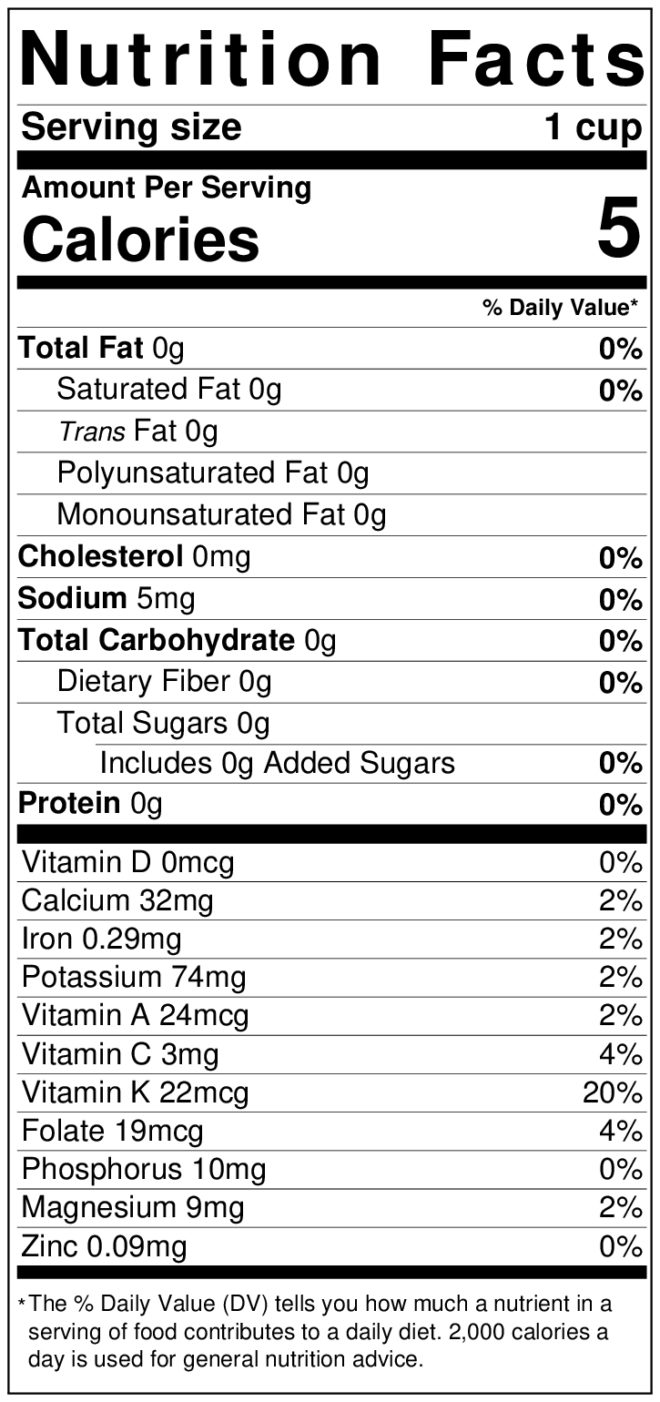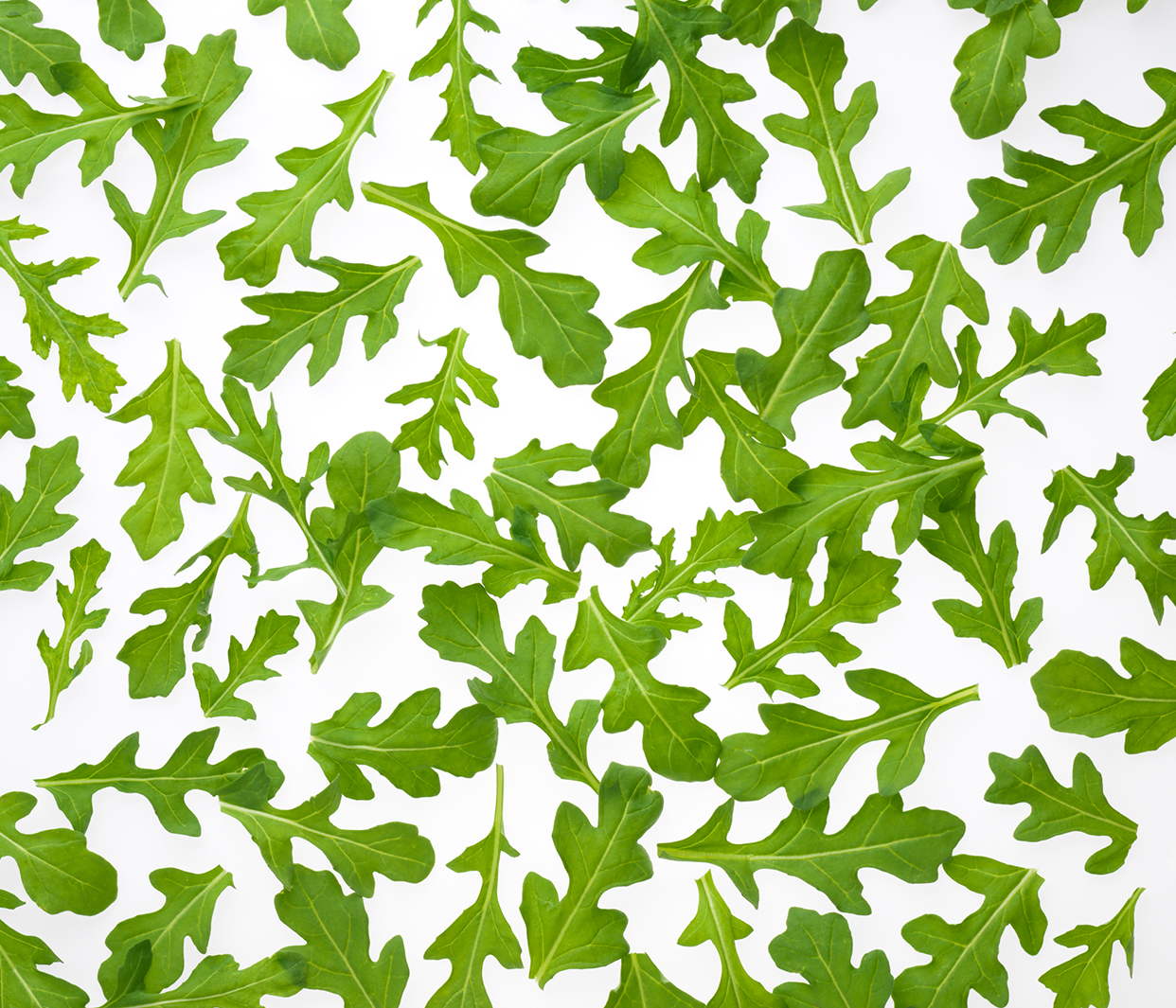Arugula has become a popular salad green, but it’s not really a lettuce. Arugula is actually part of the brassica family and is closely related to mustard. Other names for arugula include “rocket” (common in England, Australia and New Zealand) or ‘rucola’ in Italy. Its taste is peppery and a little nutty. Lovers of arugula are fanatics about it and will eat it with everything from salad to pizza.

Arugula
Arugula Nutrition Facts
- Arugula provides:
- A good source of vitamin K
- Plus folate, lutein and zeaxanthin


Growing Information
Although increasing in popularity, arugula is grown on relatively few acres in the California/Arizona lettuce growing regions. This crop normally takes anywhere from 35 to 50 days from time of planting to full maturity. It can be hand-picked or harvested mechanically and may be mowed and regrown as many as three times during its growing season.
Usage Ideas
Arugula is delicious either alone or mixed with other leafy greens in a salad and pairs well with citrus-flavored dressings.
 Salad
Salad
 Garnish
Garnish
Frequently Asked Questions
Both arugula and spinach are very good for your health and provide a variety of nutrients. Learn which one contains more nutrients here.
Yes, you can eat arugula raw! In fact, studies show that leafy green vegetables may even contain higher levels of nutrients raw than when they are cooked. Learn why here.
Arugula, like other leafy greens, contains many nutrients that our bodies need to function properly. Learn more about arugula nutrition here.
Arugula and lettuce are both considered leafy greens. But arugula is not a lettuce. It is actually more closely related to broccoli and cauliflower. Learn more here.
Stay in the Know About Lettuce
Sign up for Health & Safety Alerts
Get the facts about lettuce and why it’s one of the safest and healthiest foods we can eat.

